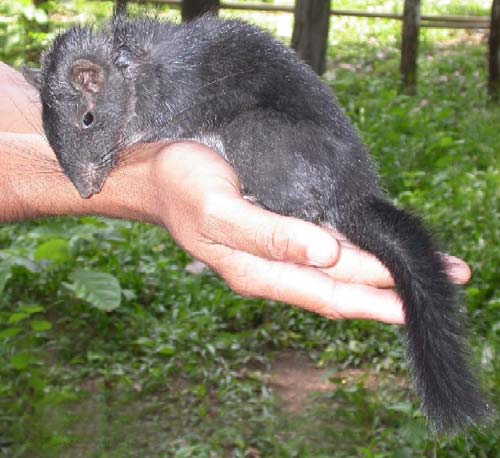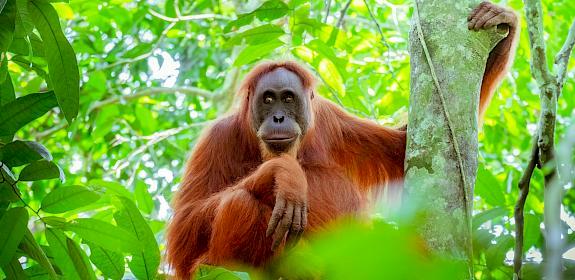1000 new species in Greater Mekong
Ha Noi, Viet Nam, 17th December 2008—Over one thousand new species have been discovered in the Greater Mekong Region of Southeast Asia since 1997, says a new report by WWF.

Among the most incredible finds documented in First Contact in the Greater Mekong are the Lao Rock Rat, thought to have gone extinct 11 million years ago but discovered in a Lao food market; the hot-pink “dragon millipede” that produces cyanide in self-defence; the world’s largest huntsman spider, which has a leg span of over 30 centimeters; and a new species of purple banana from Southern China.
All told, over 500 plants, 250 fish, 80 frogs, 40 lizards, and 20 snakes, as well as 15 mammals, 4 birds, 4 turtles, 2 salamanders and a toad, were found throughout the six countries of the Greater Mekong region, Cambodia, Lao PDR, Myanmar, Thailand, Vietnam and the southern Chinese province of Yunnan.
In documenting such a prolific rate of discovery—an average of two species per week were discovered over the past decade—the report’s findings reaffirm the importance of the Greater Mekong as a biodiversity hotspot and conservation priority. As a result of such high biodiversity, the region is also recognised as a hub for the illicit trade in wildlife. Plants and animals of all sizes and description are poached from their natural habitats, transported across the region to major markets such as China and Viet Nam.
However, while many of these discoveries are new to science, Sulma Warne, Co-ordinator of TRAFFIC’s Greater Mekong Programme, says it is likely that many of the species have been known by local communities, and in some cases have long been harvested for food, medicine or other reasons.
While excited about the recent discoveries and recognizing the importance of sharing such news with the rest of the world, he was, however, concerned that high levels of publicity might motivate a demand for some species that was previously non-existent beyond low level local consumption.
This was the case with the Lao Warty Newt, discovered in northern Lao PDR in 2002, and with the Saola, a long-horned mammal discovered in central Viet Nam in 1992. Once the two species were made public, there was an almost instant demand for live specimens, in the case of the Warty Newt, and for its derivatives, in the case of the Saola. In both cases, the demand put at risk already vulnerable species.
In the end, however, Warne said that while it would be important to keep a close eye on the situation, he was wary of detracting from the excitement that the report’s release has created.
“The numbers are truly staggering. They’re encouraging to many of us involved in conservation and they suggest that there’s even more that remains to be discovered in this unique and diverse region.”



